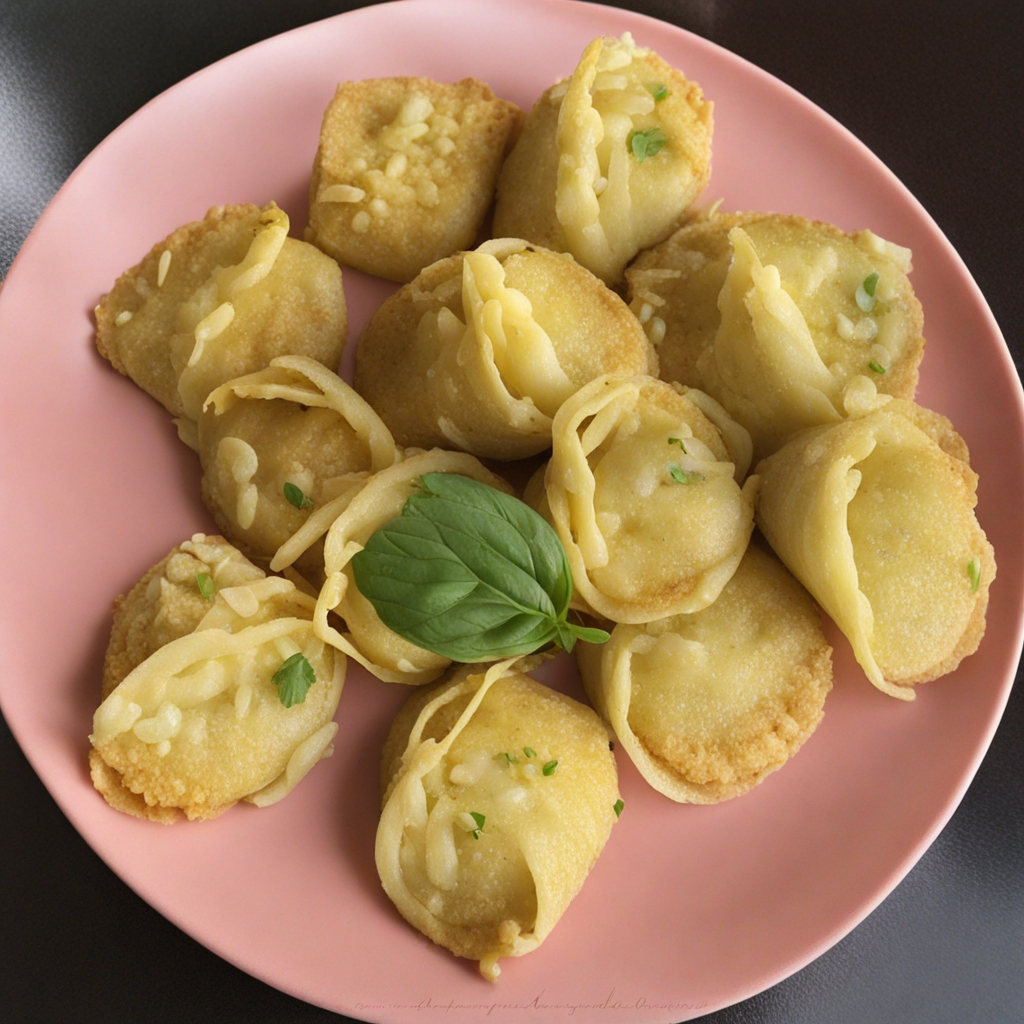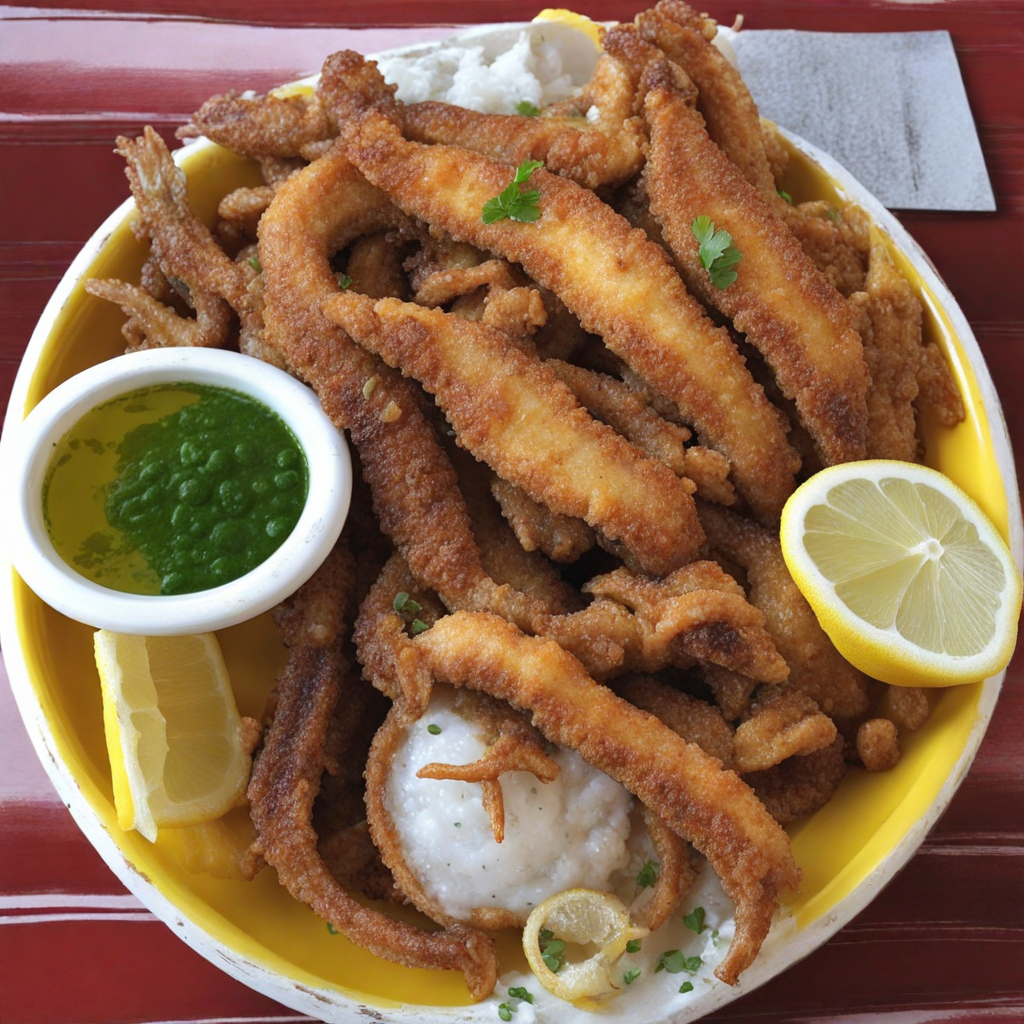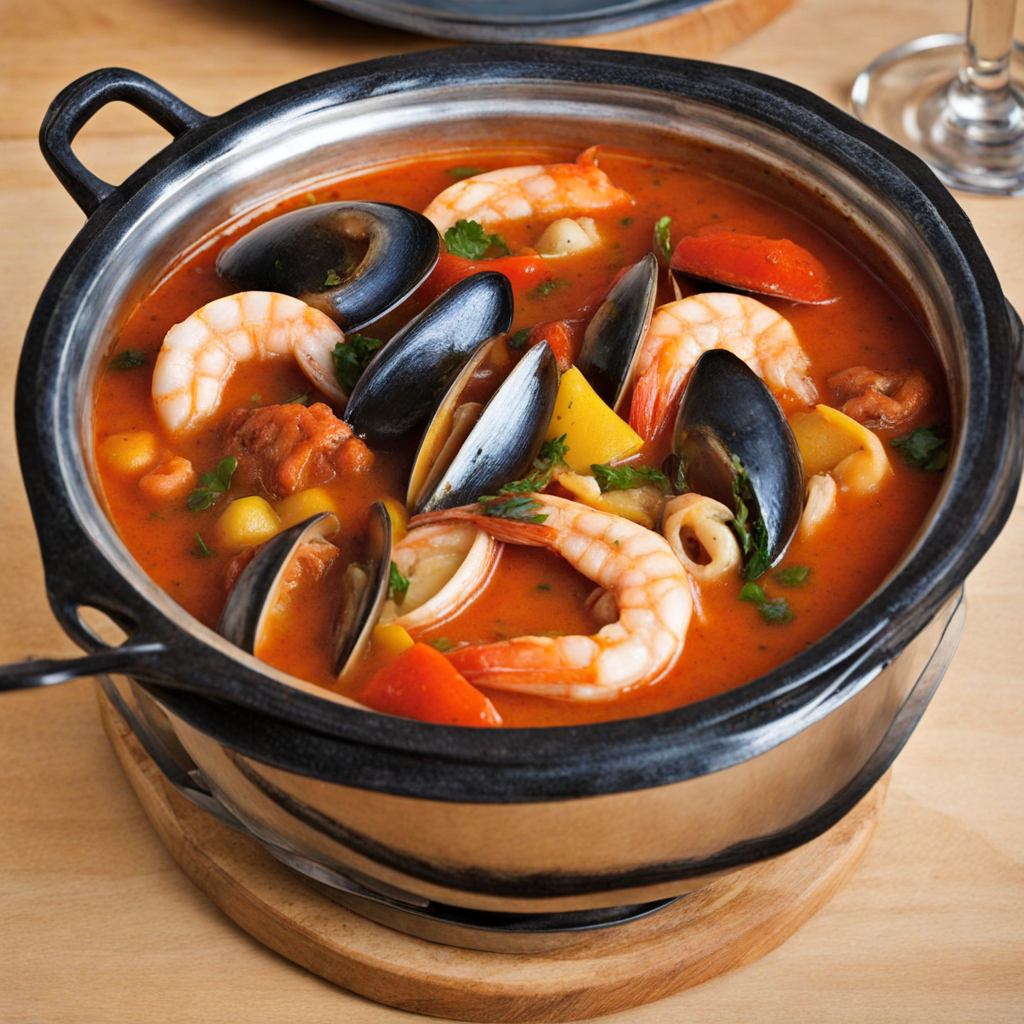Humitas
Humitas are a traditional Chilean dish that beautifully showcases the country's rich culinary heritage. These delightful parcels are made primarily from fresh corn, which is ground into a creamy dough mixed with ingredients like cheese, onions, and spices. The use of soft, tender corn gives humitas a subtly sweet flavor that complements the savory elements, creating a harmonious balance on the palate. Wrapped in corn husks and steamed to perfection, each bite reveals a moist, comforting texture that is both satisfying and nourishing. One of the defining features of humitas is their versatility. While the classic recipe typically incorporates cheese for a creamy richness, variations abound. Some might include herbs such as basil or cilantro for an added depth of flavor, while others might feature spices or hints of chili for a touch of heat. This adaptability allows humitas to appeal to a wide range of taste preferences and makes them a popular choice for both festive occasions and everyday meals. Served warm, humitas can be enjoyed as a main dish or a side, often accompanied by a dollop of pebre, a Chilean salsa made from tomatoes, onions, and cilantro. The experience of savoring humitas is not just about taste; it evokes a sense of tradition and connection to the land, as it is often made with locally sourced ingredients. For anyone looking to explore new culinary horizons, humitas offer a delightful introduction to the flavors and textures of Chilean cuisine, inviting you to savor each bite as you immerse yourself in this unique gastronomic experience.
How It Became This Dish
The History of Humitas: A Culinary Treasure of Chile Humitas, a traditional dish from the Andean region, particularly cherished in Chile, is a delightful representation of the intersection of indigenous culture and colonial influences. These steamed corn dumplings encapsulate the rich agricultural heritage of the Americas and speak volumes about the region's culinary evolution, cultural significance, and community ties. #### Origins: A Gift from the Ancients The roots of humitas can be traced back to the indigenous Mapuche people of southern Chile and Argentina, as well as other Andean cultures who have cultivated corn (maize) for thousands of years. Archaeological evidence suggests that maize was domesticated in Mesoamerica over 9,000 years ago and gradually spread across the continent. By the time the Spanish arrived in the 16th century, maize had become a staple food for many indigenous peoples in South America. Humitas, derived from the Quechua word "huminta," refers to a dish made from ground corn mixed with various ingredients, typically wrapped in corn husks and steamed. The dish's preparation varies by region, but the essence remains the same—using fresh corn as the primary component. Traditionally, humitas were created during the harvest season, celebrating the abundance of crops and serving as a means to preserve corn for the months ahead. #### Cultural Significance: A Symbol of Community and Tradition Humitas hold a prominent place in Chilean culture as both a culinary staple and a symbol of communal values. The preparation of humitas often involves family gatherings, where multiple generations come together to share recipes, stories, and laughter. This communal aspect of its preparation is reflective of broader Latin American traditions, where food acts as a medium for social bonding. In Chile, humitas are typically made with fresh corn, which is ground into a dough and mixed with cheese, spices, and sometimes additional ingredients like onions or herbs. The mixture is then wrapped in corn husks and steamed, resulting in a soft, flavorful dumpling. The simplicity of the ingredients belies the complexity of flavors, making humitas a beloved dish across the country. Beyond their culinary appeal, humitas also embody cultural identity. They are often associated with the rural traditions and agricultural practices of Chile, a country where farming plays a significant role in everyday life. Festivals celebrating the harvest season frequently feature humitas, showcasing their importance in local festivities and reinforcing their status as a symbol of regional pride. #### Development Over Time: From Tradition to Modernity As Chilean society evolved through the centuries, so too did humitas. The arrival of Spanish colonizers in the 16th century introduced new ingredients and cooking techniques, leading to a broader diversification of the dish. The incorporation of cheese, for example, is a relatively modern innovation that reflects the fusion of indigenous and European culinary practices. In the 19th century, as Chile experienced economic and social changes, humitas began to gain popularity beyond rural communities. The establishment of railroads and improved transportation networks facilitated the movement of ingredients and dishes, allowing urban populations to enjoy traditional foods that were once confined to the countryside. As a result, humitas became a common feature in markets and urban kitchens, making them accessible to a wider audience. The rise of the culinary tourism industry in the late 20th and early 21st centuries further propelled the popularity of humitas. Chefs began to experiment with the dish, introducing variations that combined traditional flavors with contemporary techniques. Gourmet versions of humitas began to appear on restaurant menus, showcasing regional ingredients and innovative presentations. This evolution reflects a broader trend in Chilean cuisine, where traditional dishes are reimagined in modern contexts while still respecting their historical roots. #### Humitas Today: A Culinary Revival In contemporary Chile, humitas continue to be a celebrated dish, enjoyed by people of all ages. Street vendors and local markets often feature humitas as a popular snack or street food, while households maintain the practice of making them for special occasions or family gatherings. The dish has become a symbol of national pride, representing the rich agricultural resources and cultural heritage of the country. Moreover, the globalization of food culture has led to increased interest in traditional dishes like humitas beyond Chile's borders. As Chileans migrate and settle in different parts of the world, they bring their culinary traditions with them, introducing humitas to new audiences and creating a sense of cultural continuity and connection. The resurgence of interest in traditional foods, driven by movements advocating for sustainability and local ingredients, has also contributed to the revitalization of humitas. Many chefs and home cooks are now prioritizing the use of organic, locally sourced corn and other ingredients, which not only enhances the flavor but also supports local farmers and preserves agricultural biodiversity. #### Conclusion: A Culinary Legacy Humitas are more than just a dish; they are a testament to the resilience and adaptability of cultural traditions in the face of change. From their origins in the Andean highlands to their place in contemporary Chilean cuisine, humitas encapsulate the rich tapestry of history, community, and identity that defines Chilean culture. As Chile continues to navigate the complexities of modernity while honoring its past, humitas will undoubtedly remain a cherished culinary treasure—a delicious reminder of the land's history and the enduring spirit of its people.
You may like
Discover local flavors from Chile







